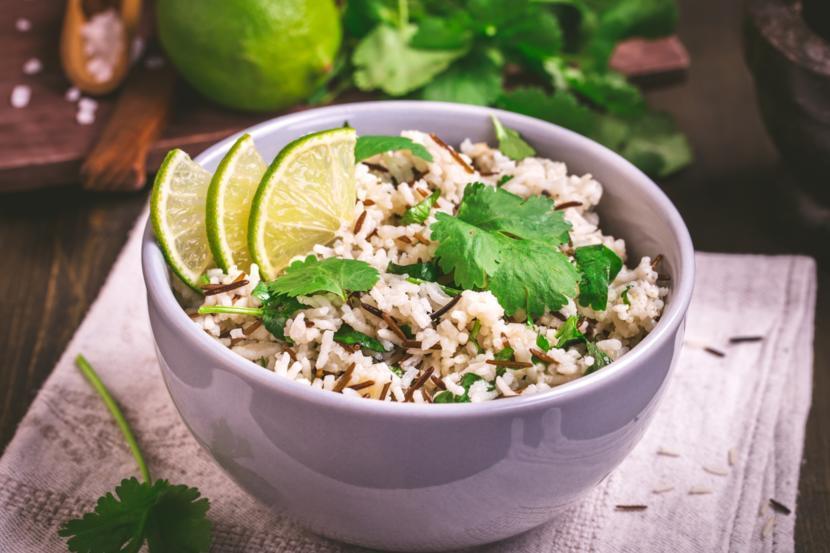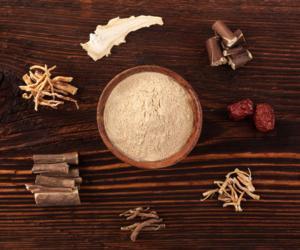Are There Health Benefits of Cilantro?

What is cilantro and where does it come from?
Cilantro is a plant that blooms and is replanted yearly. Thus, it is considered an annual herb. Its scientific name is Coriandrum sativum and is also known as "coriander" or "Chinese parsley". Every part of the plant is edible, but its dried seeds and fresh leaves are the most conventionally used in cooking. Cilantro has a green, citrus-flavored leaves while the coriander is the plant’s light brown seeds.
Cilantro or coriander is indigenous to regions spanning from southwestern Asia to northern Africa to southern Europe. It is a soft plant that can grow up to 50 cm tall. Its leaves could vary in shape, which can be broad at the base of the plant, while the flowering stems are feathery and slender. This plant has been used in a variety of ways through the years. For example, cilantro was used by the ancient Greeks as an oil component for perfume and during the medieval times. Cilantro was also used to mask the smell of rotten meat by the Romans. Cilantro seemed to be cultivated in Greece prior the second millennium BC. It was then brought to the British colonies in 1670. Thereafter, cilantro was one of the first species grown by early settlers.
The leaves of cilantro taste different from its seeds, which have citrus overtones. However, some people avoid cilantro because of the leaves' unlikeable soapy taste and rank smell.
The fresh leaves of cilantro are an ingredient in different cuisines around the globe, especially in Asian cuisines from Thailand and China. It is also used in Mexican food and Indian recipes. Most of the time, the leaves are left only as a garnish on dishes. The reason is that heat diminishes the flavor of cilantro. Hence, cilantro is either used raw or is added immediately to the dish before it is served.
Coriander seeds are used as a spice as they have a lemony citrus flavor when they are crushed. The flavor of the seeds is due to pinene and terpenes like linalool, which is described as warm, spicy, and nutty with an orange flavor.
Coriander is usually found in both ground form and whole dried seeds. Heating or roasting can heighten the seeds' aroma, pungency, and flavor. Ground coriander seed can quickly lose its flavor when stored. Thus, it is best to ground them fresh. Roasted coriander seeds can be eaten as snacks.
What does cilantro taste like?
The leaves of cilantro, as well as its stem, has a mildly citrus flavor. The seeds, on the other hand, have an aromatic, citrusy, sweet, and a slightly peppery flavor.
How to use fresh cilantro
Adding cilantro to a dish or beverage to add flavor is a great way without adding extra, sodium, fat, or calories. To maintain cilantro’s delicate flavor and texture, it must be added raw or when you are about to finish cooking.
When preparing cilantro, the leaves must be separated from the stems. The leaves must be cut gently. Avoid the excessive chopping of the leaves as it will bruise the herb and will only transfer a large amount of its flavor on the surface of the chopping board.
How to store cilantro
Cilantro does not stay fresh for too long once it is pulled from the roots. It also dries fast. Even if you buy fresh leaves from the market, the taste of cilantro will eventually fade if not immediately used. To keep the flavor of cilantro, the best option is to freeze it. You can also store cilantro in the refrigerator by putting it in a zip pouch or it could be enclosed in a slightly damp paper towel.
Why does cilantro taste like soap for some people?
People could perceive the taste of cilantro differently. People who enjoy eating cilantro say that it has a refreshing, lime or tangy lemon flavor. On the other hand, people who do not appreciate the taste of cilantro have a strong aversion to its smell and taste.
The aversion to the taste and smell of cilantro is probably due to aldehydes (organic compound). The aroma of cilantro is made mostly of aldehydes. People who do not like cilantro are thought to be sensitive to the offending unsaturated aldehydes. Genetics has turned out to be a culprit whether a person likes or dislikes the flavor of cilantro. People who do not like the taste and smell of cilantro probably share a group of olfactory receptor genes.
What are the benefits of cilantro?
Cilantro is known to be loaded with minerals and vitamins. Thus, it can be considered as a superfood or a super herb. It has long been used both in therapeutic and culinary history.
Cilantro is rich in essential vitamins such as folic acid, niacin, riboflavin, beta-carotene, vitamin K, vitamin C, and vitamin A. It also has a moderate amount of dietary minerals such as potassium, iron, and calcium. The seeds, on the other hand, have a lower amount of vitamins, but they can provide significant amounts of calcium, iron, manganese, dietary fiber, selenium, and magnesium.
Cilantro is a good source of antioxidants and helps cleanse the body of toxic metals. It can be an excellent, low-calorie alternative for people who want to put in more flavor and nutrients to their diet.
The body is commonly exposed to toxic metals such as cadmium, aluminum, and arsenic. These toxic metals have a tendency to accumulate in the muscle tissues, deep within the bones, and in the endocrine system. When the toxic metals reach a dangerous level, several serious health conditions may occur. Hormonal imbalance, impaired organ function, and oxidative stress from free radicals are some of the common side effects of toxic metal exposure. Cilantro is a great cleansing agent, which specifically targets these toxic metals. It cleanses the body by supporting its natural detoxification process. The compounds in the leaves of cilantro bind to toxic metals and then loosen them from the affected tissue, which allows the metals to be naturally released outside the body. The benefits of cilantro can be accessed by eating raw cilantro leaves as well as ingesting concentrated extracts.
Cilantro also contains several vital volatile oils including borneol, cineole, terpineol, phellandrene, terpinolene, linalool, cymene, dipentene, and pinene.
Other health benefits of cilantro include:
- Antioxidant support
- Provides a mood boost
- Improves the quality of sleep
- Promotes a healthy heart
- Promotes normal blood sugar levels
- Fights harmful organisms
- Encourages fungal balance
- Helps support neurological health by reducing oxidative stress
- Encourages normal fluid balance
- Supports bone health
- Supports the digestive system
- Natural food preservative
- Decreases the risk of obesity
- Helps increase energy in the body
- Prevents the formation of kidney stones
- Helps prevent anemia as it is a great blood builder
- Helps the urinary tract to hold off infections

























